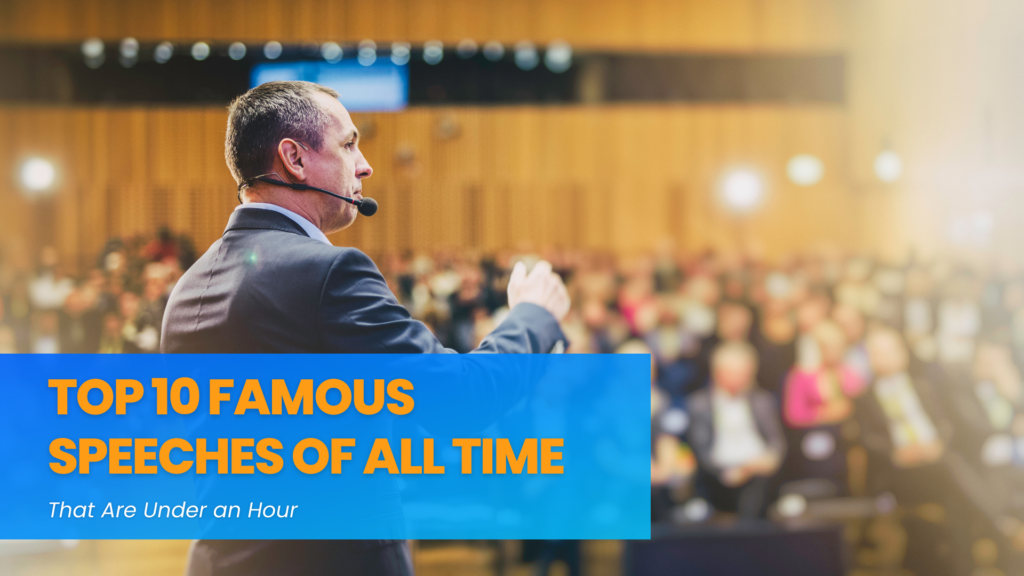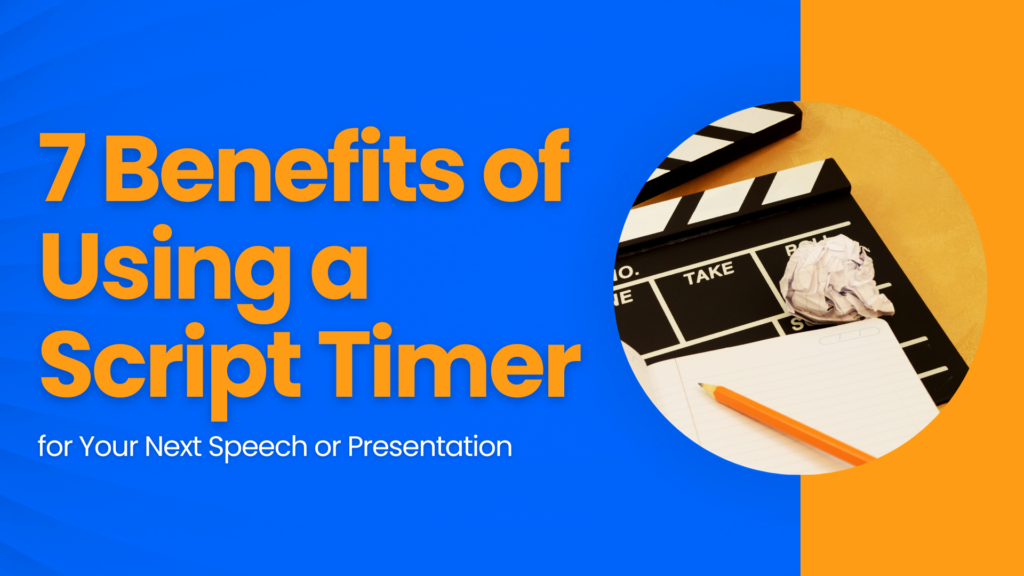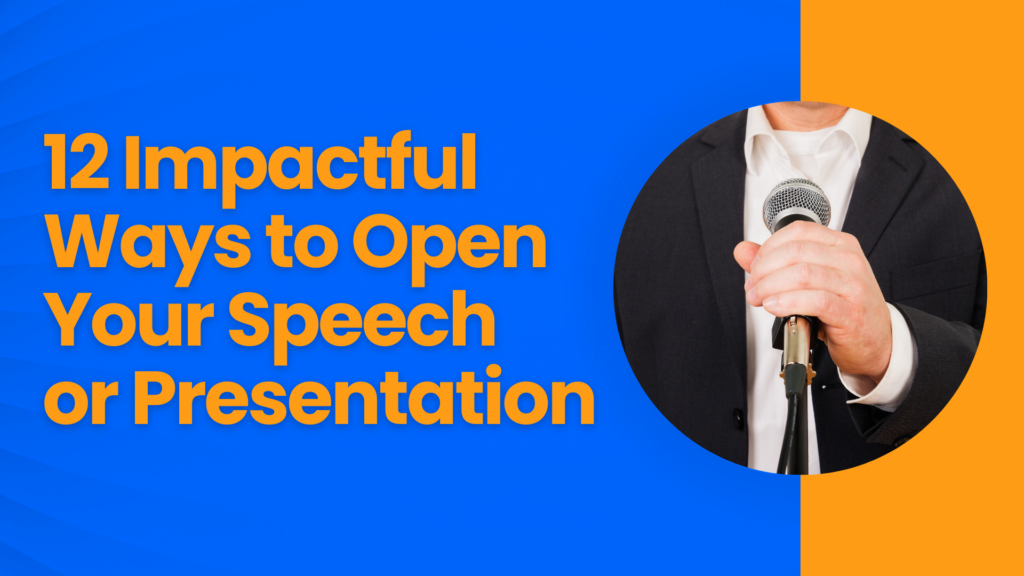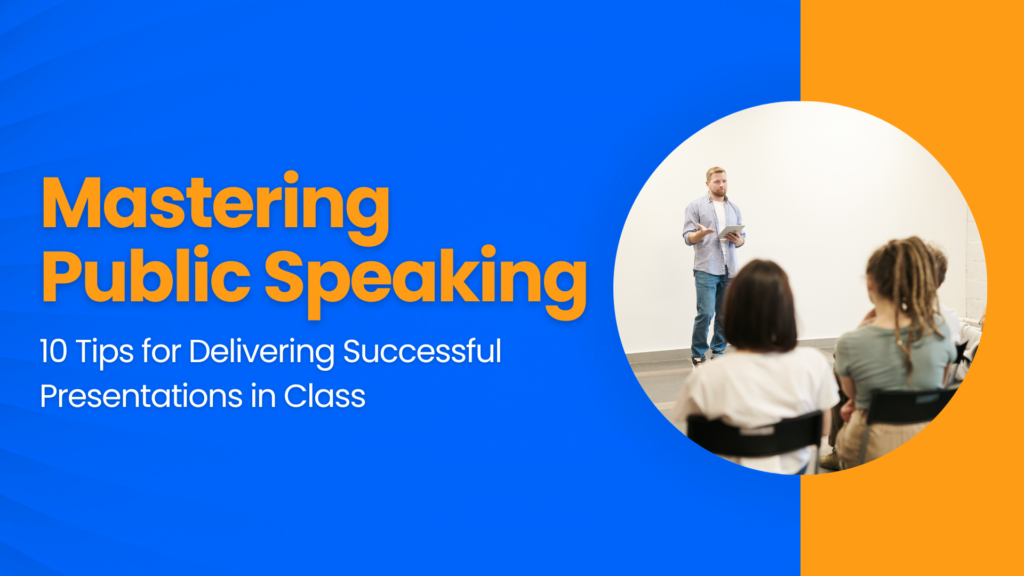In the vast tapestry of human history, words have always held immense power. From the echoing chambers of ancient forums to the vast digital platforms of today, the spoken word has the ability to inspire, challenge, and transform societies. But what if I told you that some of the most influential speeches ever delivered were under an hour?
In fact, many were just a few minutes long. Today, we journey through ten such speeches that, despite their brevity, have left an indelible mark on the hearts and minds of millions. And if you’re ever curious about the duration of your own words, Hear your script/speech is a fantastic tool to gauge their length.
1. The Power of Brevity in Speech
The saying “less is more” couldn’t be truer when it comes to delivering impactful speeches. Martin Luther King Jr.’s “I Have a Dream” is a shining example of this principle. Clocking in at just 17 minutes, this speech managed to encapsulate the hopes, dreams, and frustrations of an entire generation. It wasn’t the length but the potency of King’s words and the conviction in his voice that made it memorable.
Brevity forces a speaker to distill their thoughts, to cut away the fluff, and to focus on the essence of their message. This concentrated form of communication often resonates more deeply with audiences because it’s direct and unambiguous. In our fast-paced world, where attention spans are dwindling, the ability to convey a powerful message succinctly is a skill worth mastering.
2. The Art of Pacing in Speech
Pacing is to speech what rhythm is to music. It’s not just about the words you say, but how you say them. Winston Churchill’s “We Shall Fight on the Beaches” is a masterclass in pacing. He knew when to pause for effect, when to raise his voice in defiance, and when to soften it in reflection. This ebb and flow kept listeners on the edge of their seats, hanging on to his every word.
Just as a well-paced script can guide an audience through a range of emotions, a well-paced speech can take listeners on a journey. It’s about creating a balance between urgency and reflection, between passion and calm. For those looking to master this art, drawing parallels from scriptwriting can be invaluable. As highlighted in How Time Dictates a Script’s Pace and Flow, understanding pacing can be the difference between engagement and apathy.
3. Speeches That Inspire Action
Inspiration is a powerful motivator. When a speaker can ignite a spark in their audience, they can move them to act. John F. Kennedy’s inaugural address is a testament to this. In under 15 minutes, he managed to rally a nation around a common purpose. His famous words, “Ask not what your country can do for you – ask what you can do for your country,” were a call to action, urging every American to play their part in shaping the nation’s future.
But what makes a speech inspirational? It’s a combination of a compelling vision, genuine conviction, and a clear call to action. It’s about painting a picture of a better future and then showing the path to get there. When done right, such speeches don’t just inform; they transform.
4. The Emotional Connection in Speech
Emotion is the universal language that transcends borders, cultures, and backgrounds. Steve Jobs, in his Stanford commencement address, tapped into this universal language by sharing personal stories from his life. He didn’t talk about the latest Apple product or the intricacies of technology. Instead, he spoke of love, loss, and discovery. In just 15 minutes, he connected with every graduate, parent, and faculty member on a deeply personal level.
This emotional connection is what makes a speech unforgettable. It’s not about impressing the audience with jargon or complex ideas. It’s about touching their hearts, stirring their emotions, and making them feel seen and understood. When a speaker can forge this emotional bond, the message becomes more than just words; it becomes a shared experience.
5. The Element of Surprise in Speech
In the world of public speaking, the unexpected often leaves the most lasting impression. Severn Cullis-Suzuki’s address at the UN Earth Summit in 1992 is a testament to this. A 12-year-old standing before world leaders, speaking with clarity, passion, and urgency about the environment, was not something anyone anticipated. Her age juxtaposed with her profound insights caught everyone off guard, making her message even more impactful.
Surprise can come in many forms: an unexpected speaker, a twist in the narrative, or a bold statement that challenges conventional wisdom. When used effectively, it grabs the audience’s attention, making them more receptive to the message. In a world saturated with information, the element of surprise can cut through the noise and make a speech stand out.
6. Speeches That Challenge the Status Quo
History is replete with speeches that have not just inspired but also challenged the prevailing norms. Malala Yousafzai’s address to the United Nations is one such speech. Here was a young girl, who had been shot by the Taliban for advocating for girls’ education, standing tall and fearless, challenging world leaders to ensure every girl’s right to education. Her speech was a bold defiance against the forces that tried to silence her.
Challenging the status quo is never easy. It requires courage, conviction, and a deep belief in the cause. But when a speaker rises to this challenge, they don’t just communicate a message; they ignite a movement. They inspire others to question, to reflect, and to act. Such speeches are not just about the present; they shape the future.
7. The Role of Authenticity in Speech
In an age where information is abundant and skepticism is high, authenticity stands out as a beacon of trust. Ellen DeGeneres, in her “The Puppy Episode” speech, exemplified this. When she publicly came out, it wasn’t just a statement; it was a heartfelt revelation. Her authenticity shone through, making her message resonate even more powerfully. It wasn’t just about LGBTQ+ rights; it was about being true to oneself in the face of societal expectations.
Authenticity in speech is about being genuine, transparent, and real. It’s about shedding the facades and speaking from the heart. When a speaker is authentic, they build trust with their audience. This trust forms a bridge, allowing the message to be received with openness and acceptance. In a world where authenticity is often in short supply, genuine speeches can be transformative.
8. Speeches That Offer a Fresh Perspective
Every once in a while, a speech comes along that shifts our perspective, making us see the world in a new light. Charlie Chaplin’s speech in “The Great Dictator” did just that. In a film that satirized the horrors of dictatorship and war, Chaplin’s speech was a poignant reminder of our shared humanity. Though fictional, the speech’s message was very real, urging us to look beyond divisions and see the inherent goodness in humanity.
Offering a fresh perspective is about challenging prevailing narratives and presenting a new way of thinking. It’s about being bold, innovative, and, at times, even controversial. Such speeches don’t just inform; they provoke thought, spark debates, and inspire change. They remind us that there’s always another way to look at things, another story to be told.
9. The Power of Imagery in Speech
A picture is worth a thousand words, and in the realm of speech, vivid imagery can paint powerful pictures in the minds of listeners. Maya Angelou’s “On the Pulse of Morning”, delivered at Bill Clinton’s inauguration, is a masterclass in this. Her words conjured images of rivers, dinosaurs, and ancient trees, weaving a tapestry of America’s rich history and diverse culture.
Using imagery in speech is about making abstract concepts tangible. It’s about helping the audience visualize, feel, and connect with the message. When a speaker employs vivid imagery, they transport their listeners to another world, making the experience immersive and memorable. It’s a tool that, when used effectively, can elevate a speech from good to unforgettable.
10. Speeches That Resonate Across Generations
Timelessness is the hallmark of a truly great speech. Abraham Lincoln’s Gettysburg Address is a shining beacon of this principle. Delivered amidst the turmoil of the Civil War, this speech, lasting a mere 2 minutes and 30 seconds, encapsulated the essence of democracy, sacrifice, and national unity. Lincoln’s words were not just for the audience that stood before him on that fateful day; they were for every generation of Americans to come.
The Gettysburg Address, with its poignant reflections on freedom and governance, serves as a reminder that the true power of a speech lies not in its length but in its depth. It’s about capturing the zeitgeist of an era, articulating shared values, and inspiring future generations. Such speeches become more than just words; they become a part of our collective consciousness, echoing through the annals of time.
Remember
The art of delivering a powerful speech is a delicate dance of emotion, authenticity, perspective, and timelessness. It’s not just about the words spoken but the hearts touched, the minds changed, and the actions inspired. As we’ve seen, some of the most influential speeches in history were brief, yet they resonated deeply, proving that it’s not the duration but the depth of a message that truly matters.
For those crafting their own speeches or scripts, tools like the Script Timer can be invaluable in honing their pacing and impact. And as we continue to listen, learn, and be inspired by the words of great orators, let’s remember that every speech, no matter how short, has the potential to change the world.
Three Things you can do to keep fast track of your learning:
- Connect on Linkedin as I share valuable lessons weekly.
- Fast track your learning: Get the 6 Steps plus 15 years of Hollywood and Agency experience in one Workshop and masterclass.
- Use the template: 18 Scripts that Sell (also included in every Script-Timer plan.)





